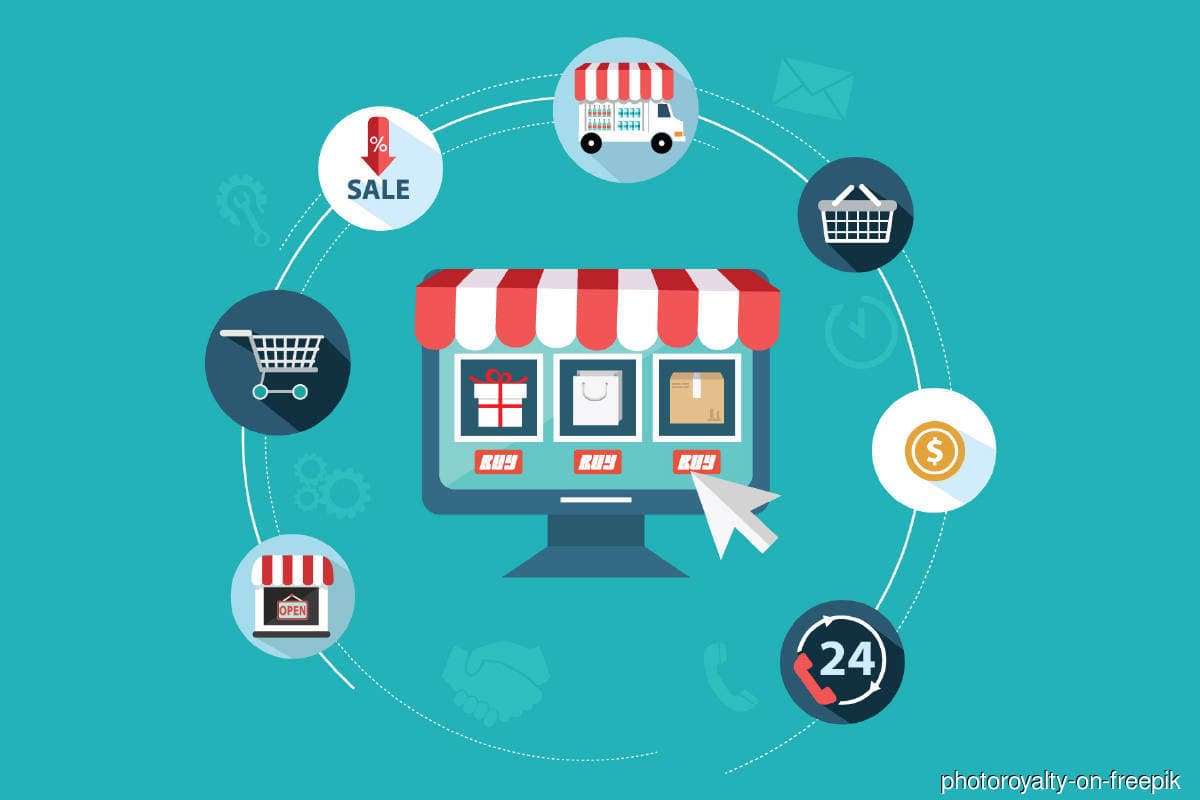
This article first appeared in Digital Edge, The Edge Malaysia Weekly on June 27, 2022 - July 3, 2022
Google’s SEA economy report states that the Southeast Asia e-commerce market itself is predicted to reach between US$700 billion and US$1 trillion by 2030. From a local perspective, according to the Department of Statistics, Malaysia’s e-commerce revenue between January and September 2021 totalled RM801.2 billion, a 23.1% increase year on year.
Judging by the numbers alone, the pandemic has impacted the growth and size of the prize that the e-commerce industry has to offer. We have also observed a shift in consumer tendencies — online channels have four times the influence of offline channels in brand discovery and evaluation.
So, how can brands successfully stand out in an increasingly competitive market and convert consumers’ attention to sales? The key lies in reassessing and refining your e-commerce marketing strategy, to avoid facing headwinds in the market.
Strategic, end-to-end media planning
Advertising in the digital age is both easier and more complex at the same time. With the explosion in digital options available, it is important to ensure that the right messaging for the target audience is delivered seamlessly across all brand touchpoints, whether through ads, social channels or digital store fronts.
While the ultimate goal of e-commerce is to drive more sales, there are other objectives that should be addressed at the same time to reach this sales goal — awareness and consideration of your product. Often upper-funnel planning is done separately from e-commerce planning, leading to a disjointed customer experience.
Investing in a strategic, end-to-end approach to your e-commerce media plan will help you identify and package the best on and off platform channels and messaging to drive your desired results.
Map the customer journey by aligning touchpoints
All the brand touchpoints and interactions an individual has with a brand together make the customer journey. This includes a consumer’s research, engagement with brand presence across platforms and social channels, word of mouth, reviews, visits to the brand e-commerce store or website, the first purchase and all interactions and repeated purchases thereafter.
Mapping this journey helps brands visualise their business through the consumer’s eyes. It provides information on the path to purchase, number of touchpoints before conversion, where they seek information, and opinions of the brand/product. Based on this, advertisers can identify where their audience interacts with their brand, and adapt media and communication strategy around this. Every touchpoint should represent the brand’s tone of voice and messaging.
The challenge for digital marketing departments and agencies is in delivering a united tone that runs through the full funnel to the end e-commerce goal when e-commerce is often run separately from the rest of marketing. Investing in a single partner who can bridge this gap can add more mileage to your e-commerce marketing strategy.
Invest in the right technology
When it comes to running e-commerce campaigns, investing in the right automation tools — such as campaign set-up, optimisation and budget scheduling — can provide your marketing/media team with more time to focus on value-adding and strategic work, at the same time as delivering the best results through ongoing automated optimisation.
Utilising a reporting dashboard with real-time data will provide more value to your brand, providing access to data at all times, from summarised graphs to detailed intra-campaign performance metrics.
At the end of the day, successful e-commerce marketing relies on a skilled combination of a detailed understanding of the landscape and consumer behaviour and implementation of tools and strategies most relevant to your brand and audience. However, it is challenging to constantly stay current in a market that is rapidly and continuously shifting and evolving.
Identifying an e-commerce marketing partner with the expertise and a track record for success to help you navigate these complexities can be a valuable game changer to your strategy.
Anna March is the regional director of e-commerce and performance marketing at Intrepid Group Asia, an e-commerce and digital solutions company
Save by subscribing to us for your print and/or digital copy.
P/S: The Edge is also available on Apple's App Store and Android's Google Play.
